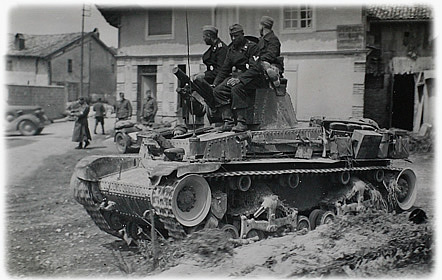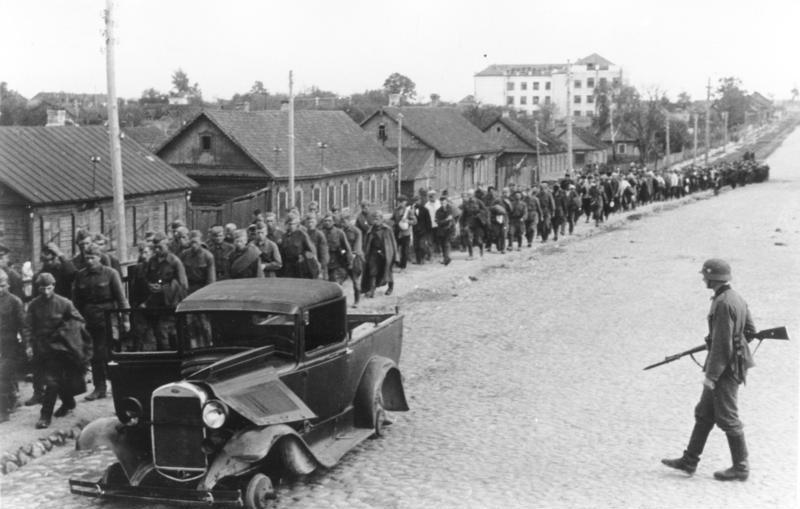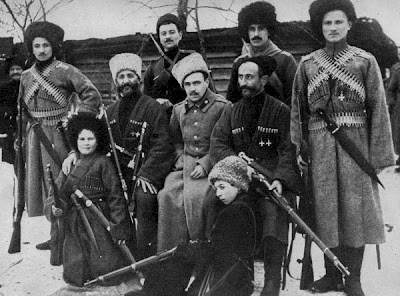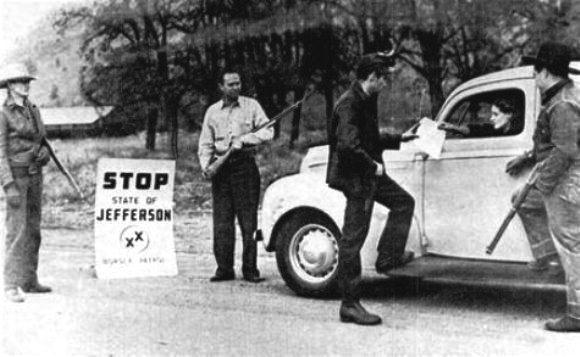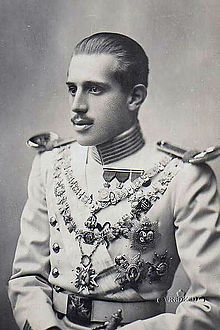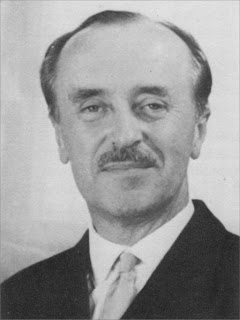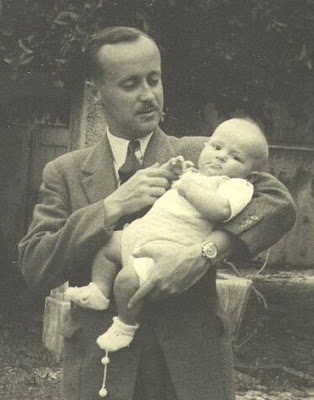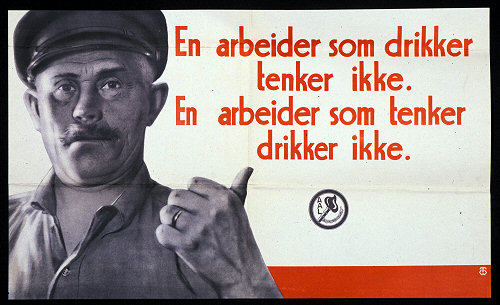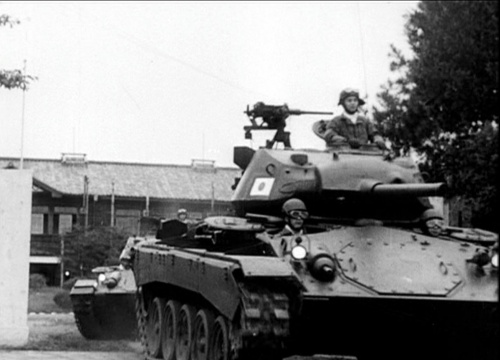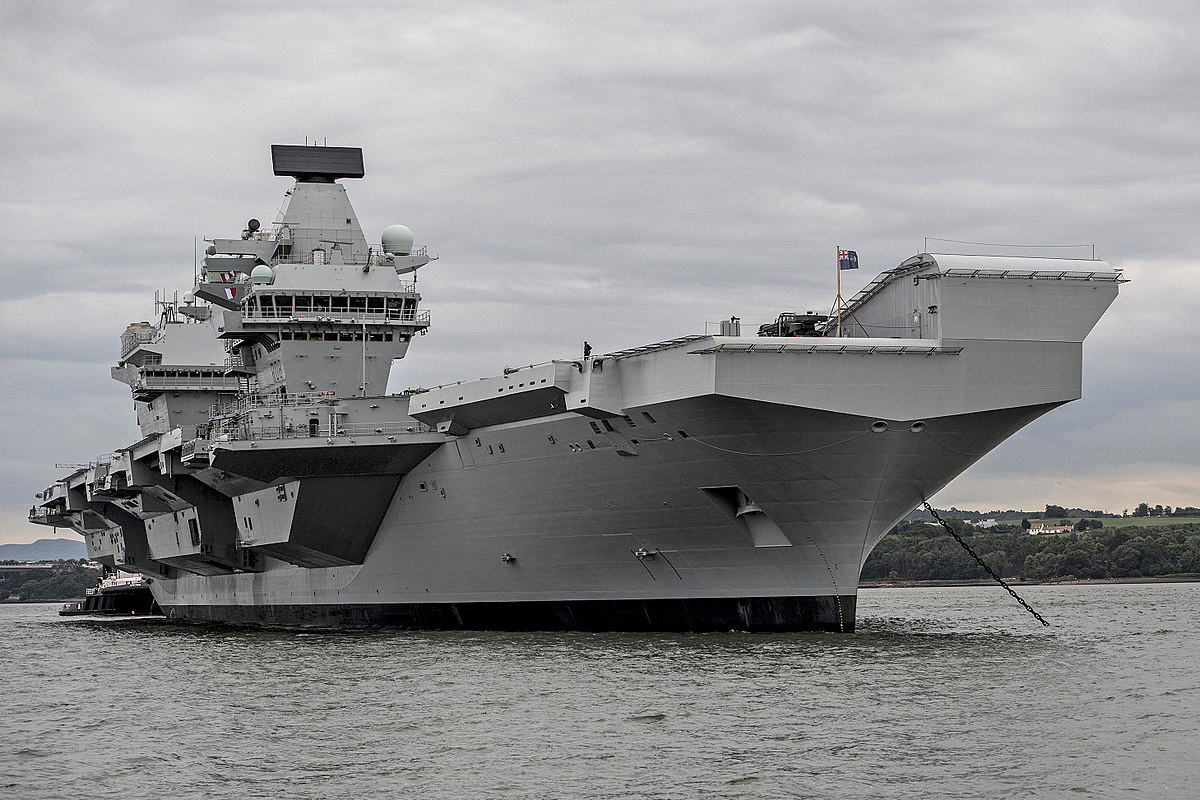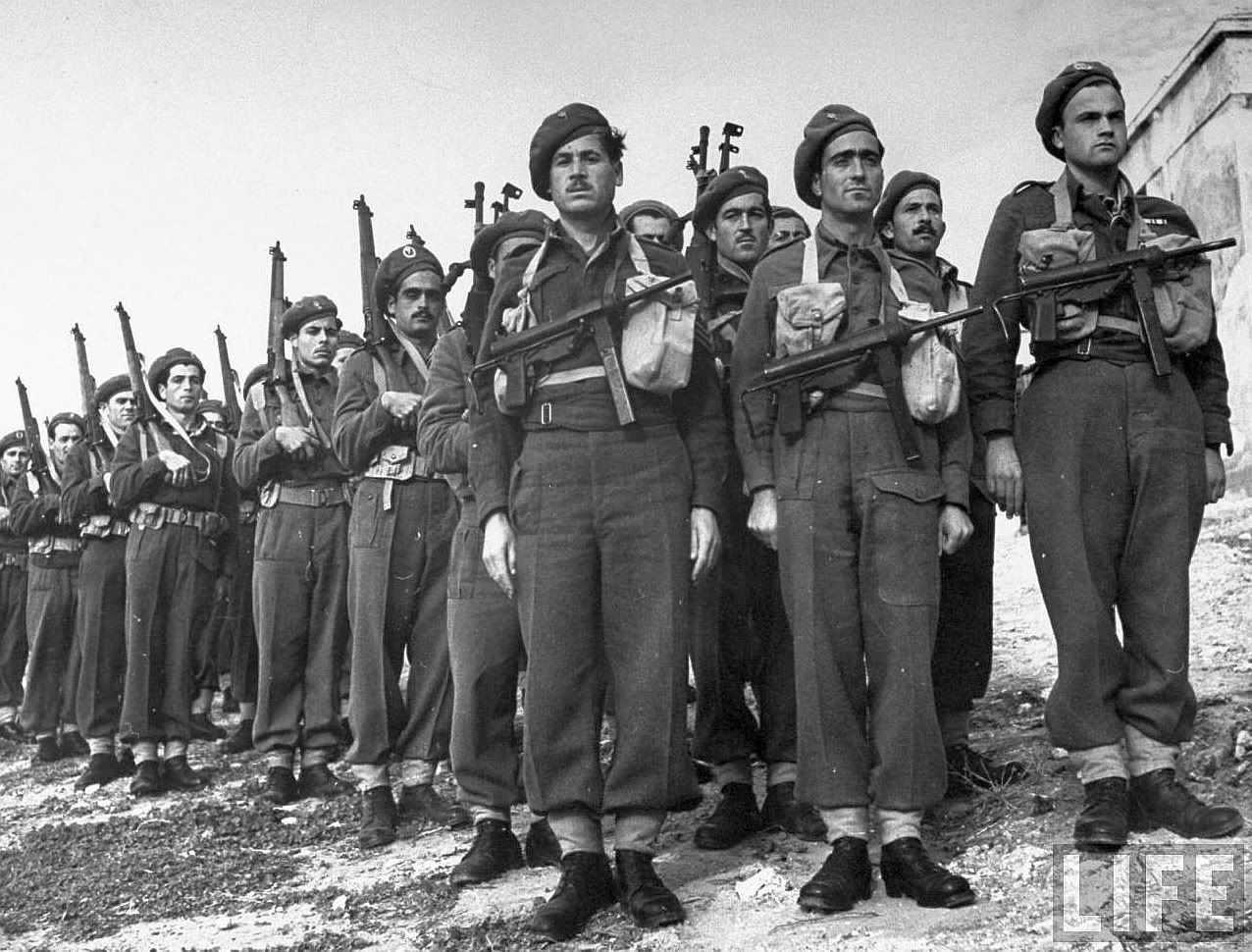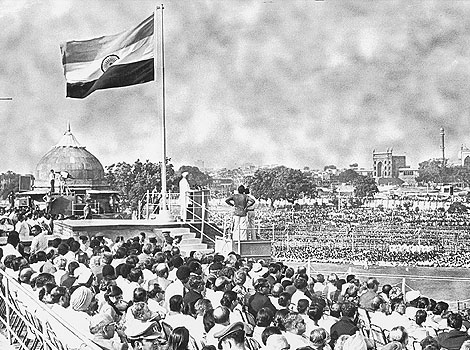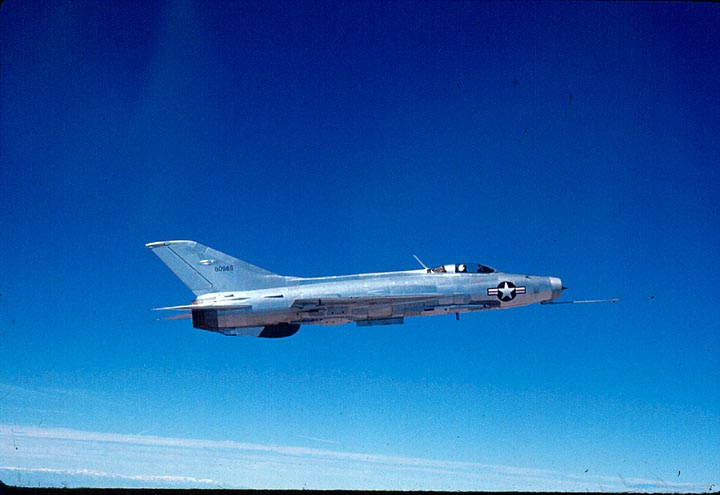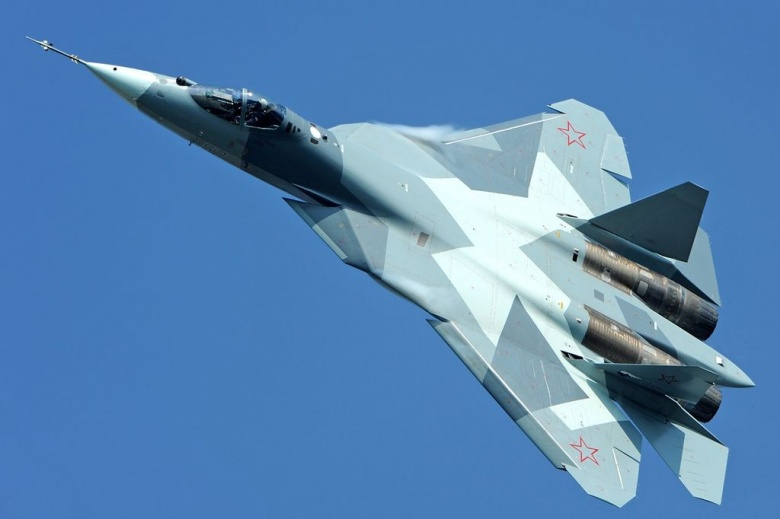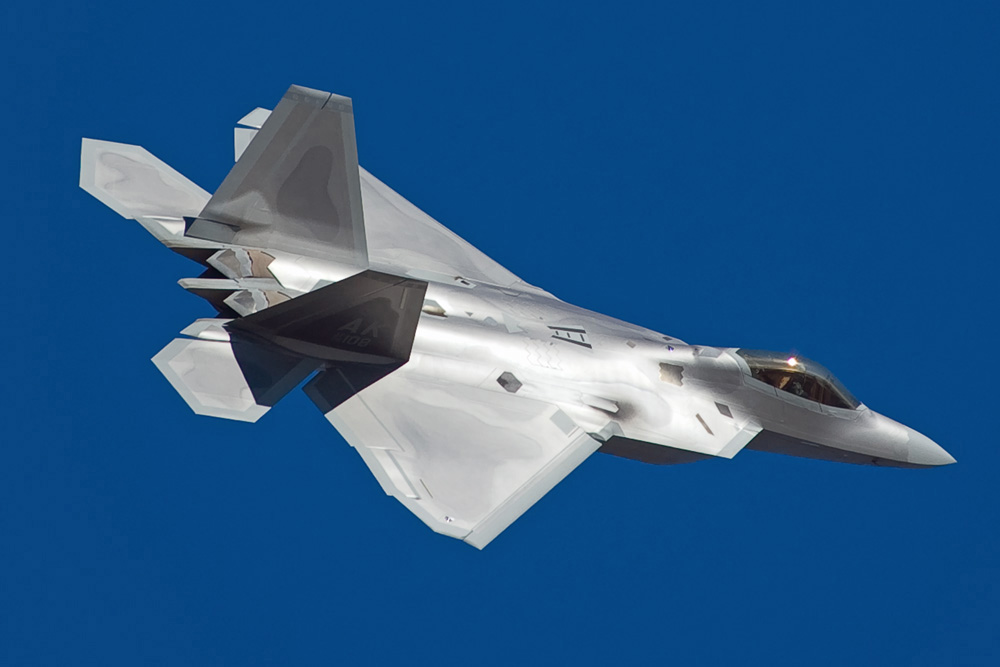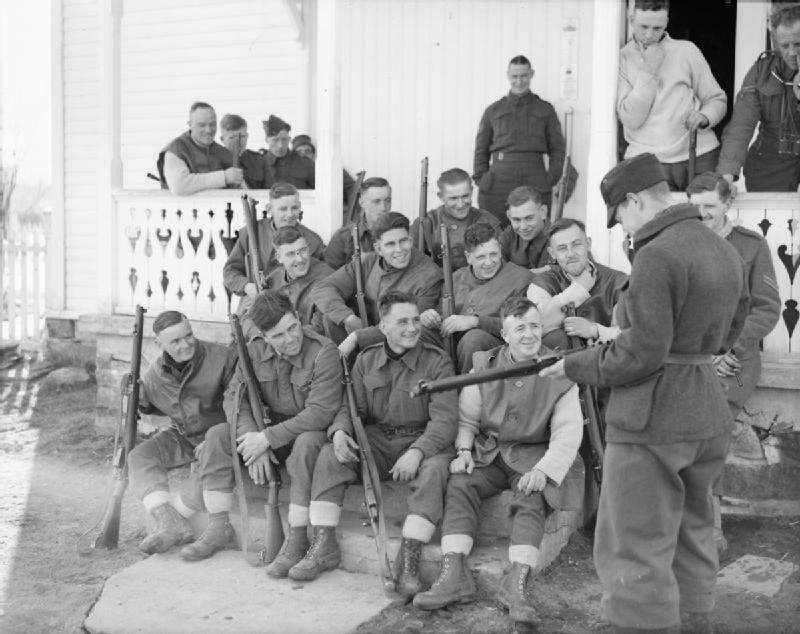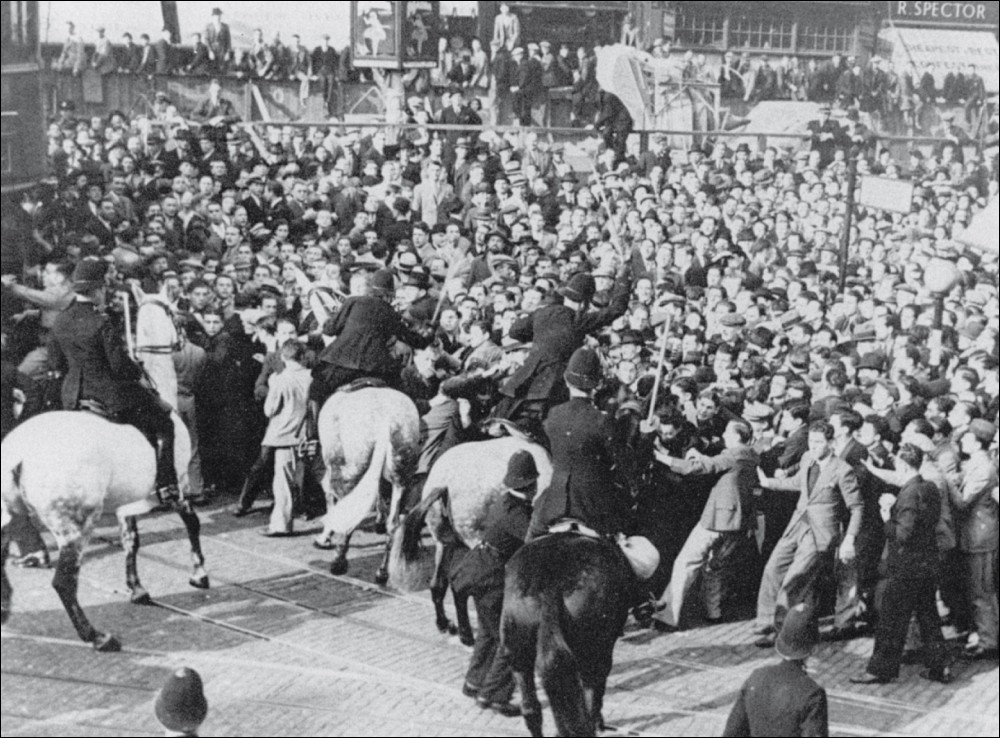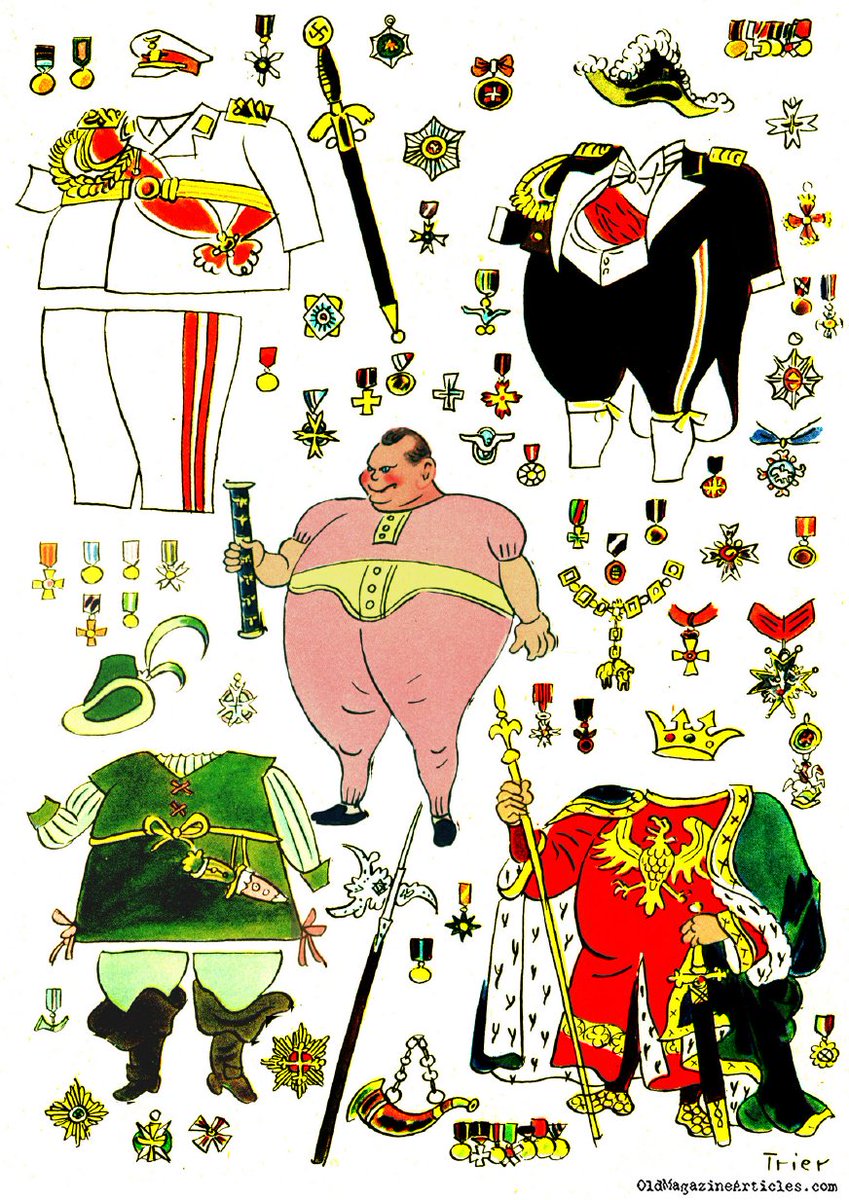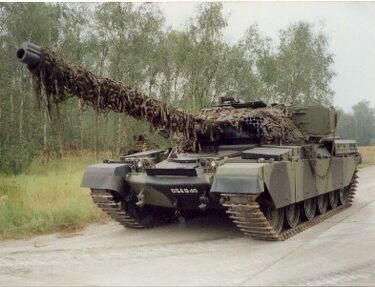German infantrymen sitting on a ruined French Red Army Renault Tank during the German invasion of France, 1942.
German soldiers guard and escort Russian POW's captured near Minsk, White Ruthenia, shortly after the city was re-captured by the Germans and Ruthenians from the Russians during the fighting on the Eastern Front of Second Weltkrieg, 1943.
Canadian soldiers of the Royal Winnipeg Rifles, the "Little Black Devils", march along a road outside of Exeter in the English county of Devon, 1943.
Cossacks from the army of the Don-Kuban Union, circa 1935.
A militia from the armies forces of the Pacific States of America stop a civilian driver, 1937
US Federal Army soldiers advance on CSA positions in Ohio, 1939.
Serbian soldiers marching from Nis to the Bulgarian front during the Fourth Balkan War in 1938. Note the helmets based on the design of the French Adrian Helmet.
Second Weltkreig propaganda poster celebrating the alliance of the United States of America and the German Empire against the Syndicalist nations of the Third Internationale and the National Populist nations of the Russian Alliance (Use your imagination and replace the below years with the years of the beginning and end of the Second Weltkreig, 1939 to 1947).
A Carlist rally outside of Bilbao, Kingdom of Spain in 1960. While all Carlist groups were outlawed after their defeat in the Spanish Civil War, they were re-legalized in 1955, provided that they took no arms against the Spanish government.
Prince Xavier of Bourbon-Parma (1889-1980), the Italian born-Spanish Carlist claimant to the Spanish throne under the name of King Javier I. After the Carlist defeat in the Spanish Civil War, Duke Xavier was forced into exile in Lisbon, were he became good friends with King Duarte II and continued to serve as a figurehead for the Carlist movement in Spain, despite the fact that he was forbidden from ever returning to Spain. After years of living in Portugal and travelling throughout Europe, he died in Estoril, Portugal in 1980 at the age of 91.
Infante Jaime, Duke of Segovia (1908-1980), the legitimist Bourbon claimant to the Spanish Throne as King Jamie III from 1941 to 1948, when he officially renounced his claim over the Spanish throne.
Duarte II (1907-1976), King of Portugal from 1932 to 1976. While controversial for his ties to the Nationalist Populist and Intregalist regime of Portugal, he also saw the improvement of Portuguese infrastructure, the reformation of the Portuguese Army and Navy, new social programs and the eventual introduction of democracy to Portugal during the 1960s.
King Duarte II of Portugal holding his infant son Duarte Pio, Prince Royal, the future King Duarte III of Portugal, in 1947.
King Alexander III of Serbia, receiving the rank of Commander of the Légion d’Honneur, 2015.




